
ulmer hocker bill gugelot design max bill und hans gugelot
The Ulmer Hocker might be the ultimate expression of the functional form, consisting of nothing more than three equal wooden sides and a rod. With no more than four basic parts, Bill created an object that could serve as a chair, table, lectern, writing tablet, or shelf element.
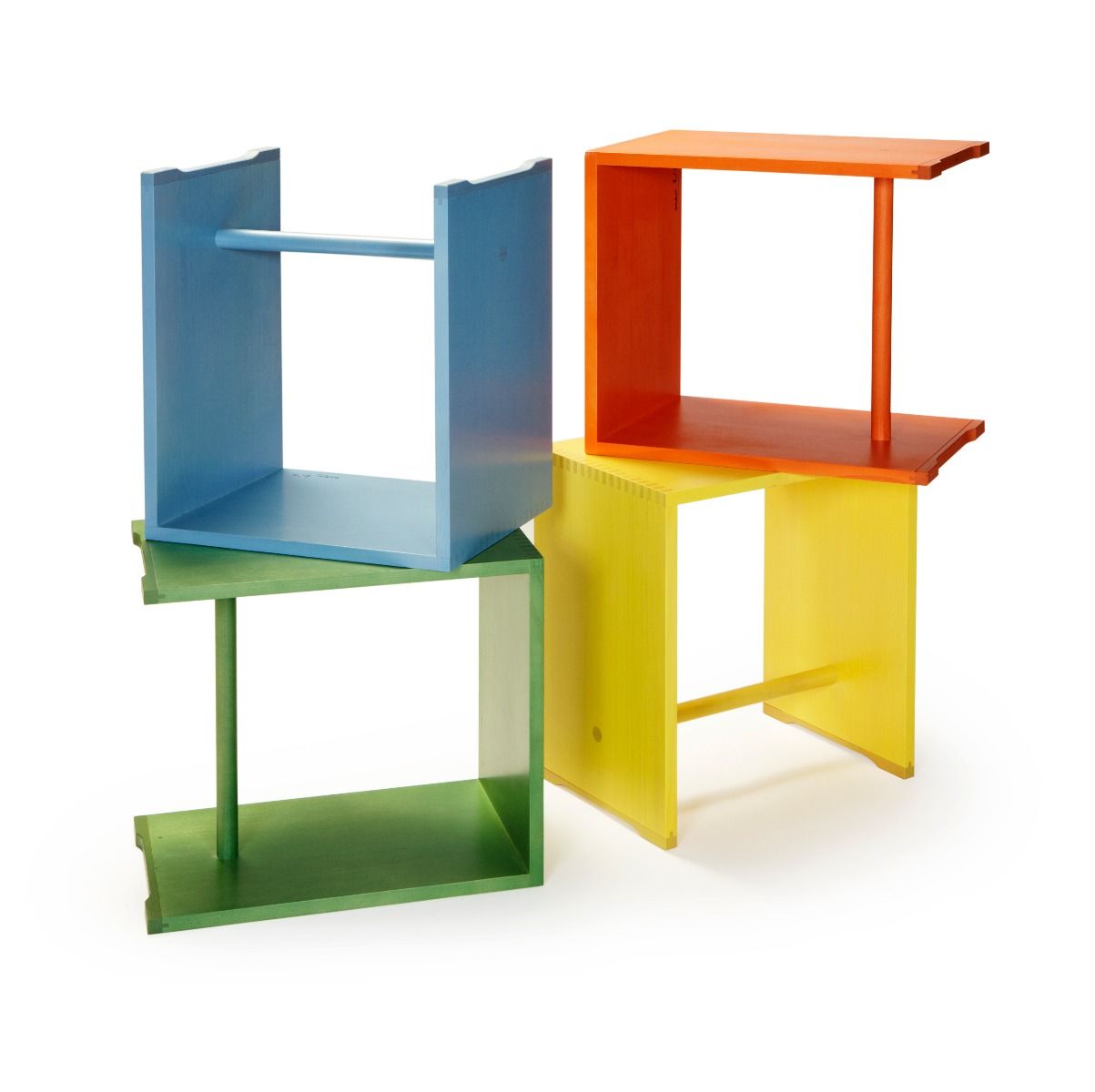
Ulmer Hocker Ulmer Hocker von Max Bill, Hans Gugelot and Paul Hildinger / Der ulmer hocker
Max Bill's Ulm Stool (also known as the Max Bill Ulmer Hocker) is a revered Bauhaus icon that has transcended time and space. Light and robust, this Donald Judd-like minimalistic piece of furniture is one of those items that never looks out of place, wherever it is placed. The success of the Ulm Stool lies in its versatility and convenience.
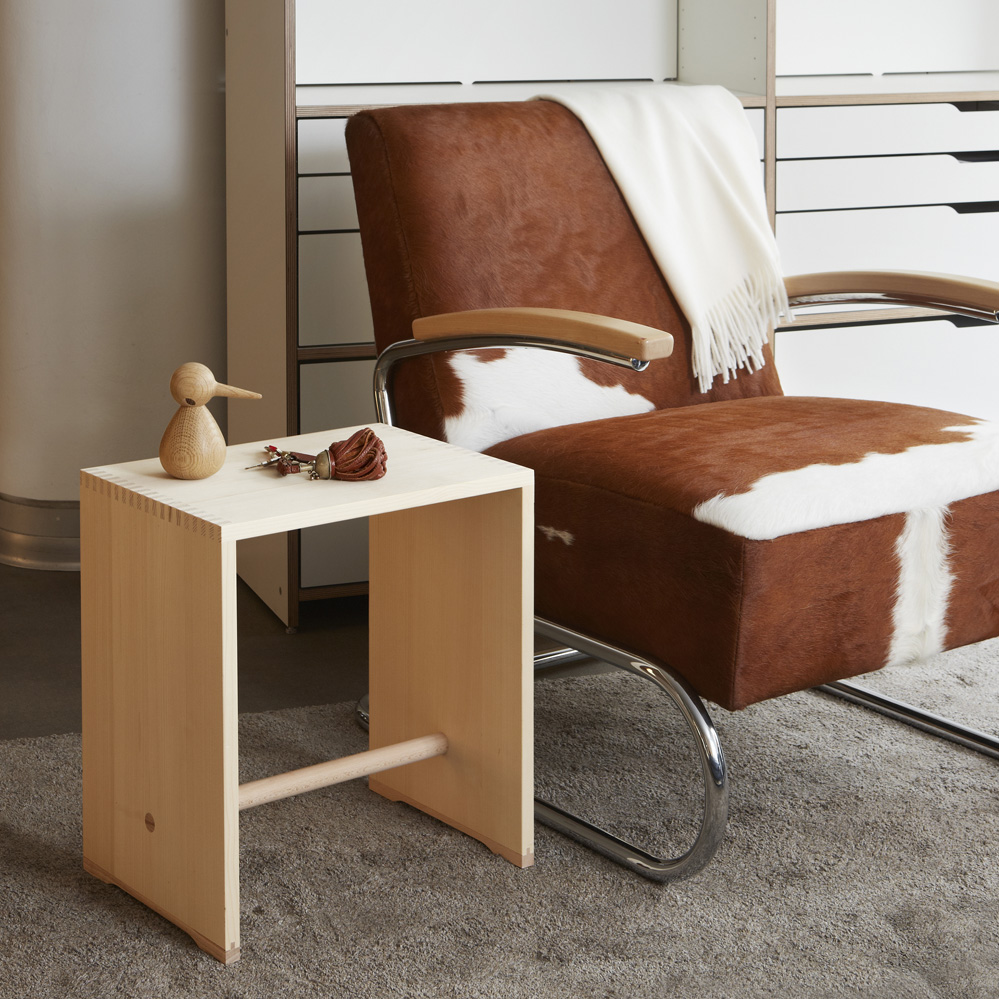
Ulmer Hocker von Max Bill und Hans Gugelot I WB form Markanto
The Ulm stool was designed by Swiss architect, artist and designer Max Bill in 1954 for Vitra and is now marketed by wb form.. The Ulm stool from Vitra/wb shape is made from unpainted pine and beech wood and is 44 cm high, around 40 cm wide and approx. 30 cm deep. The Ulmer Hocker is a design classic, scoring with its simple form and various usage possibilities: You can use the Ulmer Hocker.

Ulmer Hocker von Max Bill kaufen Connox Shop
Item Description: The Ulm Multifuntional Stool (Ulmer Hocker) was designed by Max Bill, first Vice-Chancellor of the Ulm School of Design, together with Hans Gugelot for the students of the college, and was produced in Bill's own carpentry workshop with wood that had been donated.
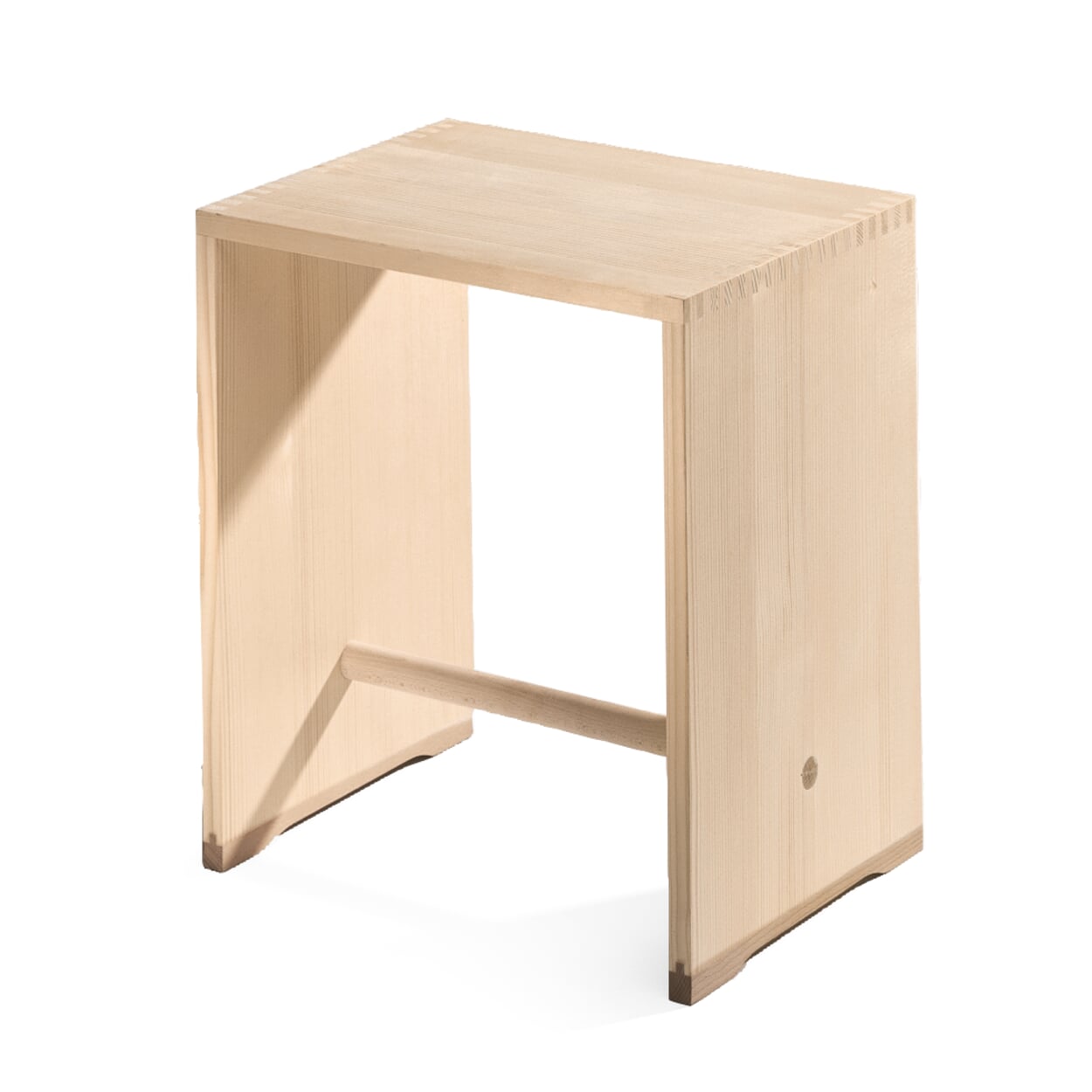
Ulmer Hocker Max Bill Manufactum
Stool, Ulmer Hocker, 1954 Max Bill * 3002 g 3P1 The multifunctional Ulm Stool exemplarily embodies what Max Bill (1908-1994) propagated in the 1950s as an architect, a designer, and as a teacher at the Hochschule für Gestaltung Ulm: combining economy of materials with structural aesthetics.
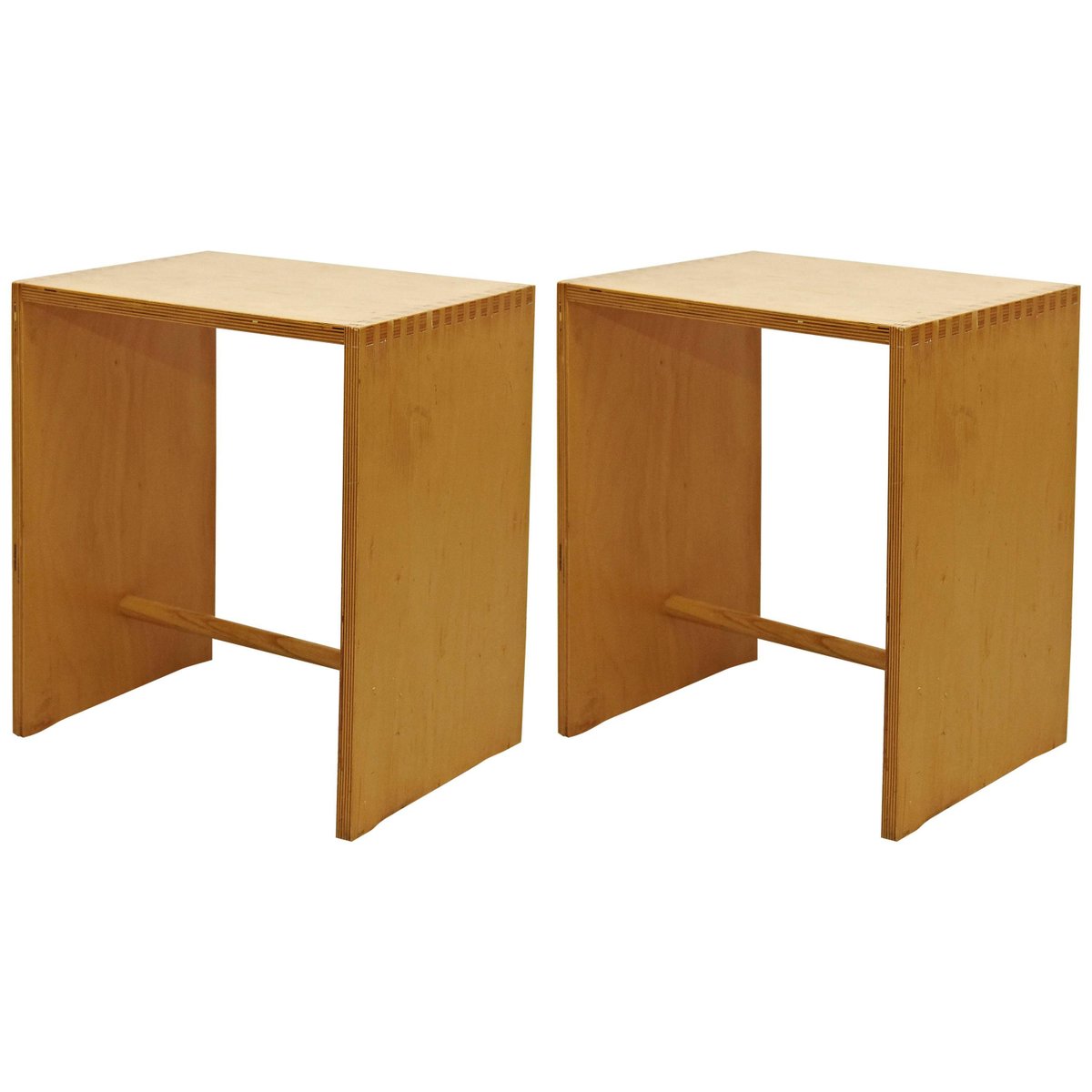
Ulmer Hocker von Max Bill für Zanotta, 1970er bei Pamono kaufen
Ulmer Hocker. Artist: Max Bill. In many ways, Concrete Art remained more restricted to the traditional media of fine art - painting, sculpture - than its ancestral movement, Constructivism. While Constructivist artists such as Alexander Rodchenko always yearned to integrate art with functional design, Concrete Art was more likely to concern.
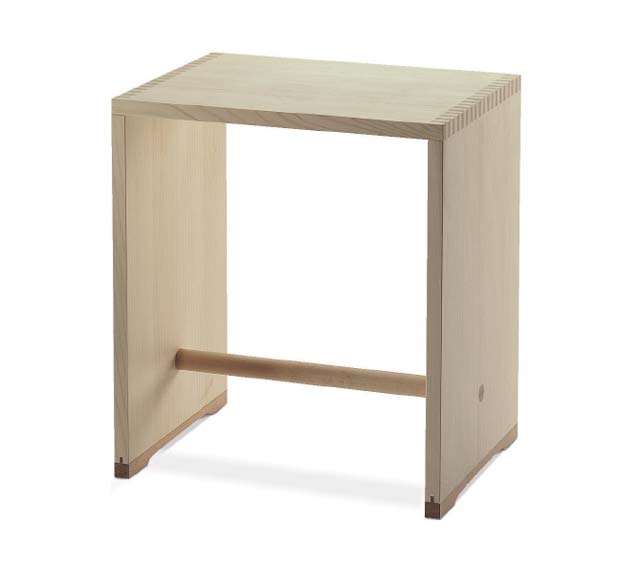
MAX BILL ULMER HOCKER (design Max Bill 1954)
Bauhaus Icon Ulm Hocker designed by Max Bill Designer: Max Bill Manufacturer: Wohnbedarf ULM Chair by Wohnbedarf, designed by Max Bill. The "Ulm stool" is one of Max Bill's best-known pieces and an exemplary icon of the sleek minimalist style of 20th century mid-century modern Swiss design.
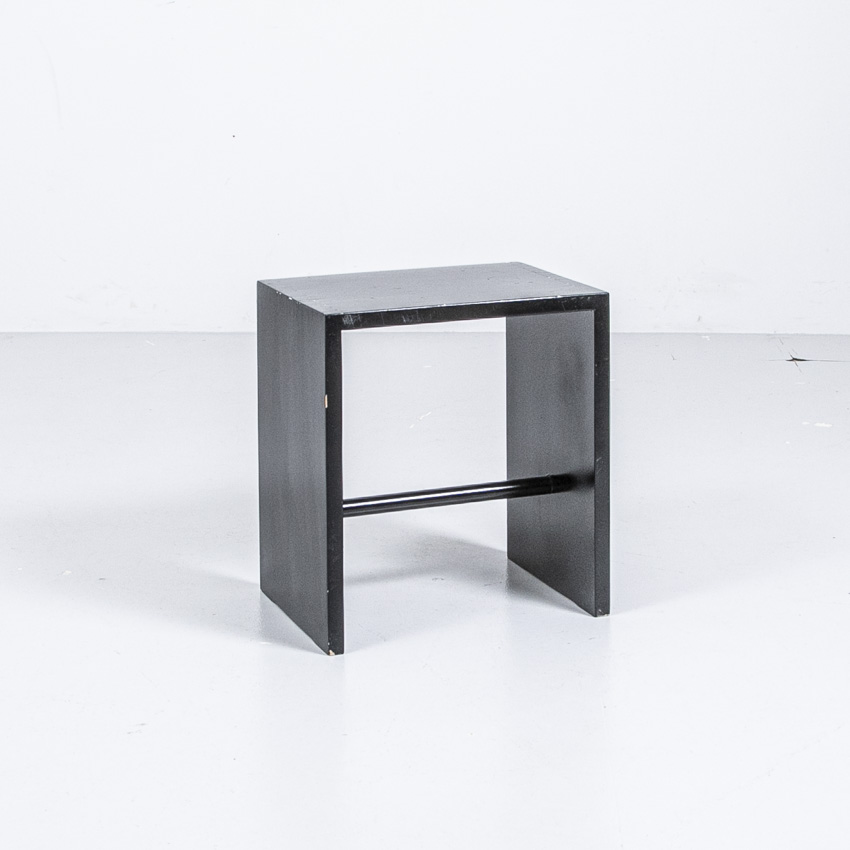
"Ulmer" Hocker von Max Bill Möbel Zürich
Der Ulmer Hocker wurde 1955 von Max Bill, dem ersten Direktor der Ulmer Hochschule für Gestaltung, in Zusammenarbeit mit Hans Gugelot und Paul Hildinger für die Student*innen ebendieser Hochschule entworfen. „Zwei senkrechte Bretter, ein waagerechtes, die drei fest verzahnt, von einem runden Holzstab unten zusammengehalten", so beschrieb.
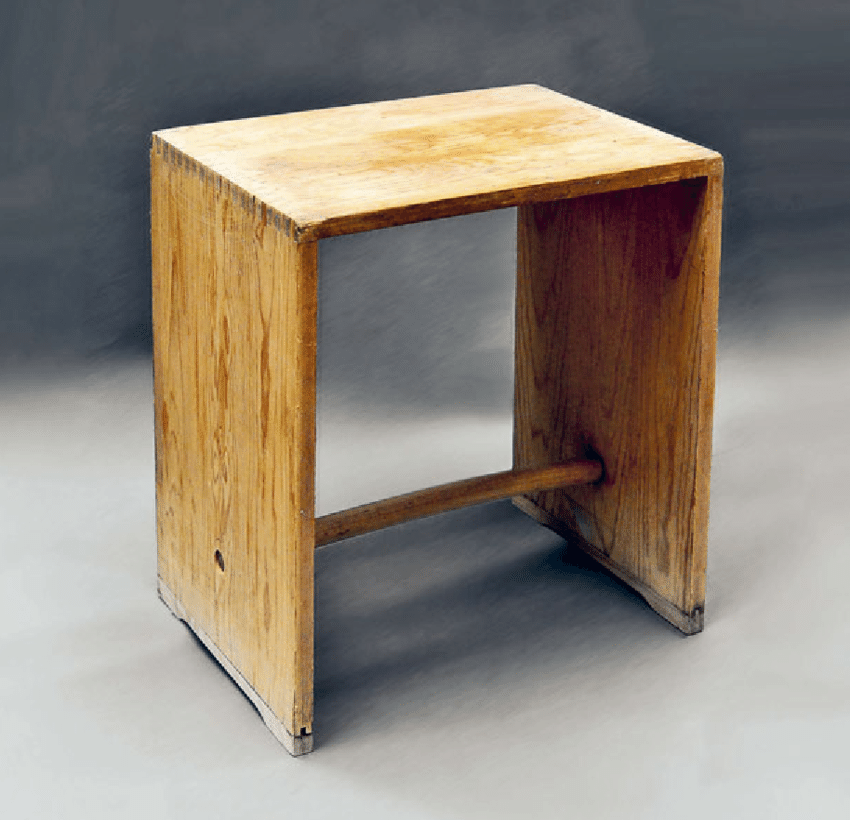
Ulmer Hocker by Max Bill and Hans Gugelot from 1954. Download Scientific Diagram
Ulmer Hocker, 1953 Paul Hildinger, Hochschule für Gestaltung Ulm, 1954 Germany Fir and beechwood, glued and plugged 45.5 x 40 x 28 cm "Trained at the Dessau Bauhaus, Max Bill was the first director of the Hochschule für Gestaltung at Ulm. This design is indicative of Bill´s commitment to functionalism and extreme geometric formalism."

1955 Max Bill. Ulmer Hocker (Ulm Stool) for HFG, Ulm. ORIGINAL Dimensions 18.11 in.Hx16.14 in
The Ulmer Hocker is one of the best-known creations of the Swiss architect and artist Max Bill. In 1954, the chair was designed at the Hochschule für Gestaltung Ulm in collaboration with the Dutch architect Hans Gugelot. Formally, the Ulmer Hocker corresponds to the traditional stool used to hang up wallpaper. The frame consists of three boards.
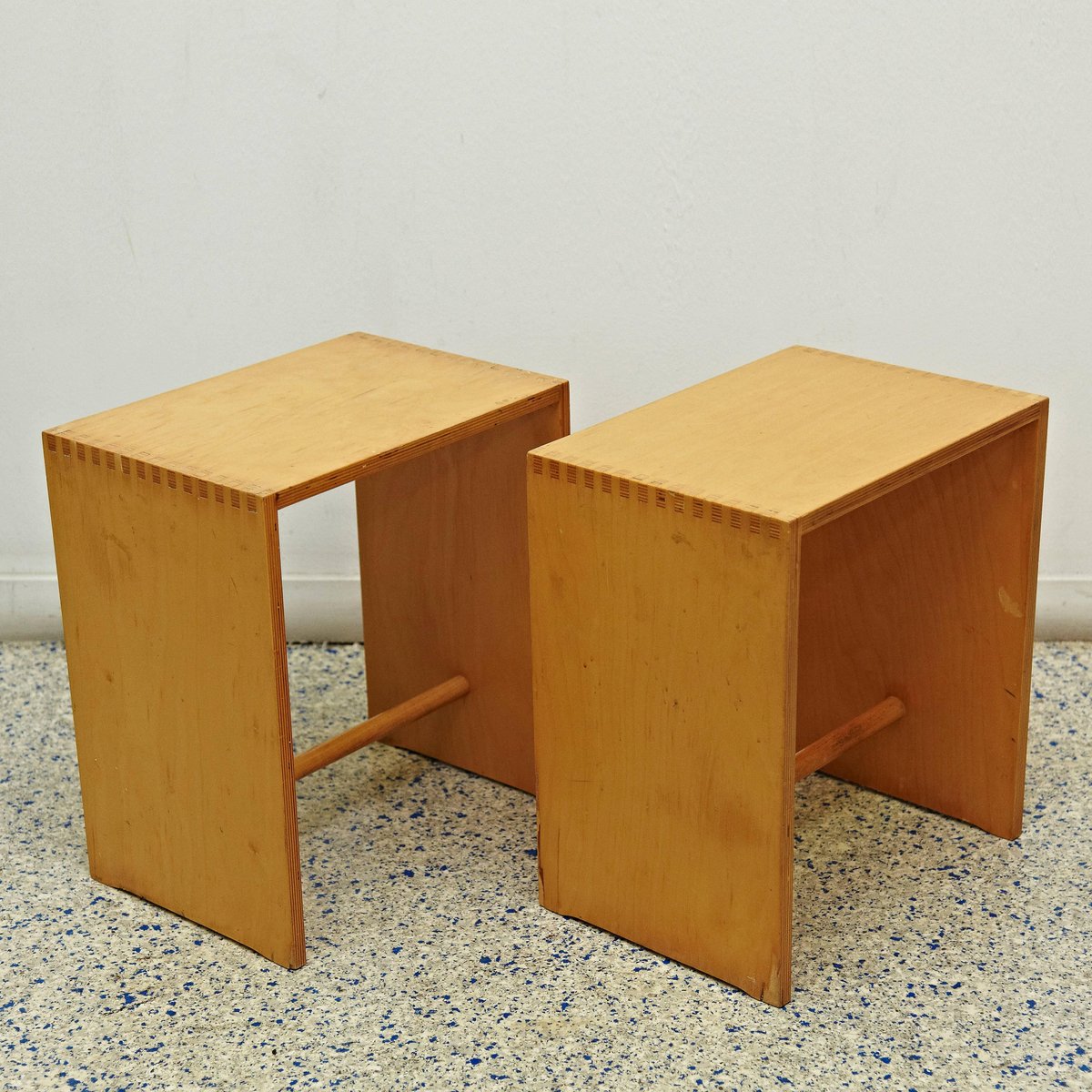
Ulmer Hocker von Max Bill für Zanotta, 1970er bei Pamono kaufen
Article Wikipedia article References Max Bill was a Swiss architect, artist, painter, typeface designer, industrial designer and graphic designer, known as the founder of Concretism (concrete art).
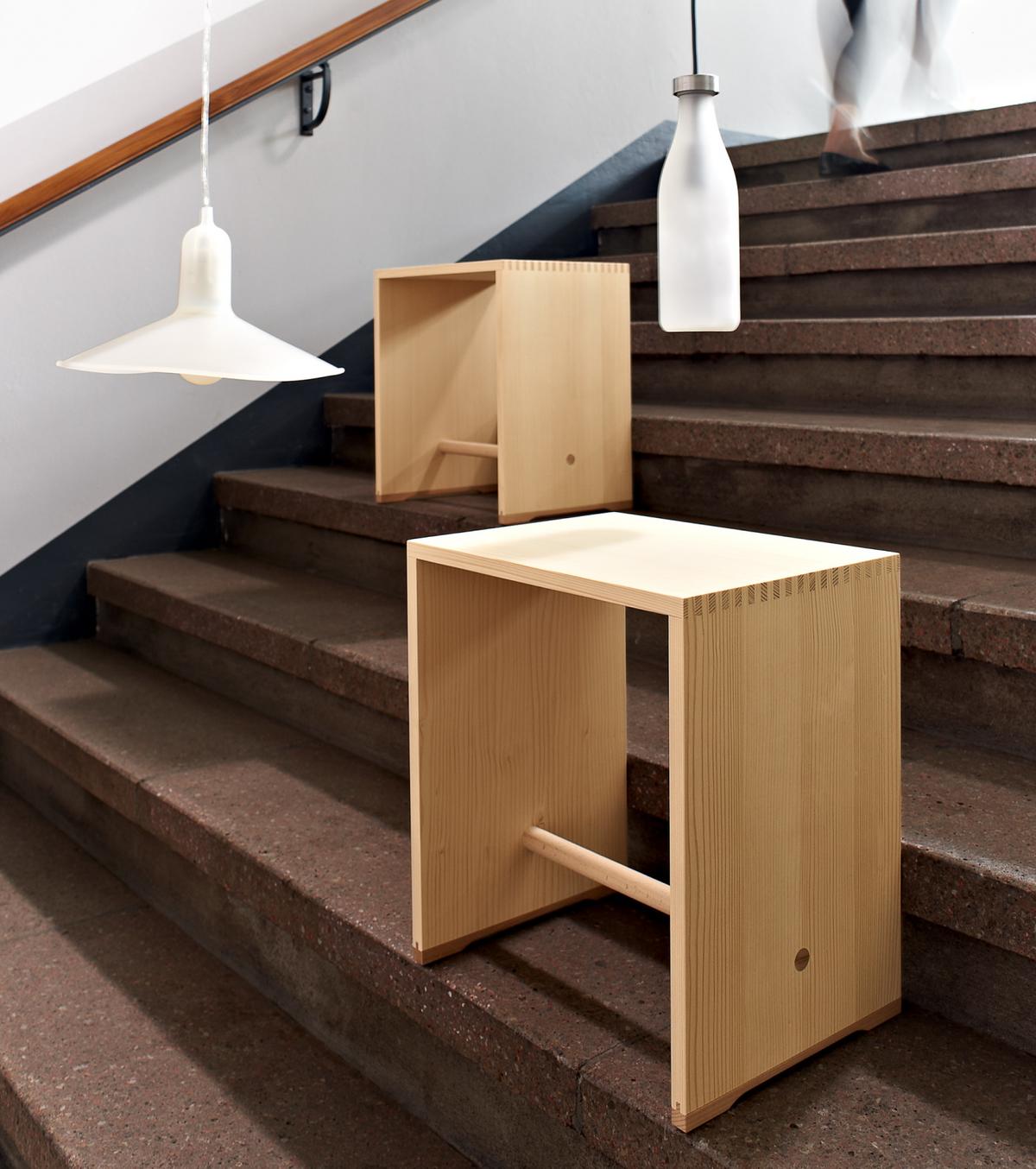
WB Form Ulmer Hocker by Max Bill, 1954 Designer furniture by
October 8, 2021—February 27, 2022 The Ulm Stool: Idea ─ Icon ─ Idol With the exhibition " The Ulm Stool: Idea - Icon - Idol ", the HfG-Archiv Ulm places one of the most famous designs created at the Ulm School of Design (HfG) at the center of an analytical presentation for the first time.
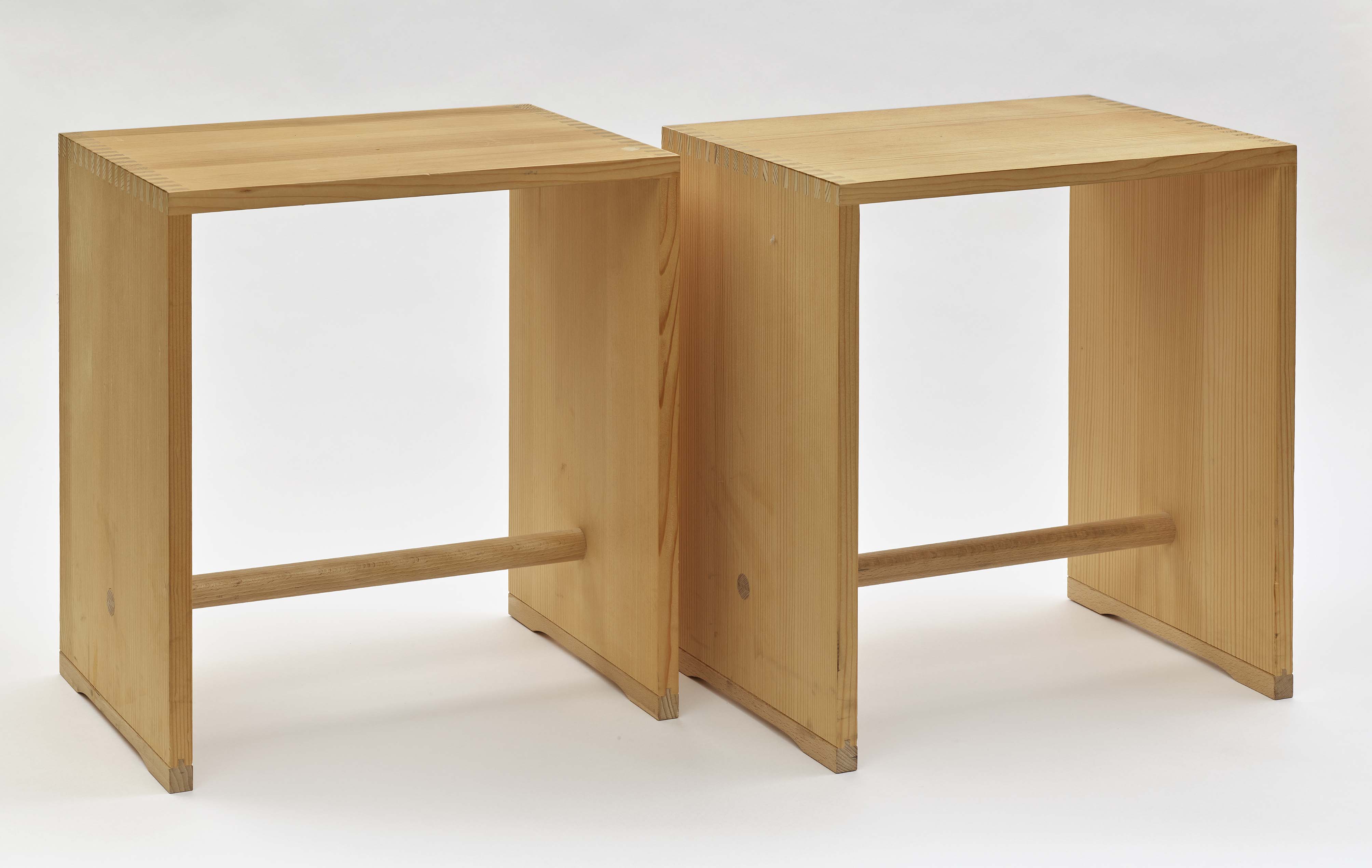
Max Bill 2 Ulmer Hocker. 1954 Auktion 67
max bill Ulmer Hocker - Standflächenleiste Produced in a sheltered workshop for the disabled - Standing Rails DIMENSIONS IN CM: H/B/T/WEIGHT 44 / 39.5 / 29.5 / 2.1kg COLOURS MATERIALS Seat: natural spruce Side panels: natural spruce Crossbar: beech Foot: beech COUNTRY OF ORIGIN Switzerland / Germany YEAR OF ORIGIN 1954 DOWNLOADS

Ulmer Hocker Max Bill Kaufen auf Ricardo
Stool Ulmer Hocker Max Bill 1954 The multifunctional Ulm Stool exemplarily embodies what Max Bill (1908-1994) propagated in the 1950s as an architect, a designer, and as a teacher at the Hochschule für Gestaltung Ulm: combining economy of materials with structural aesthetics.
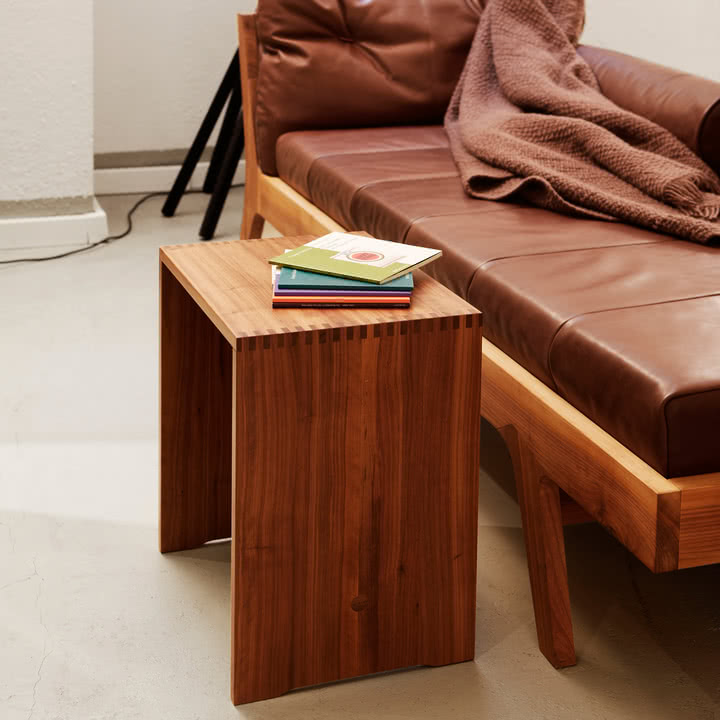
Ulmer Hocker (Nussbaum) von Max Bill
The max bill collection is characterised by clarity, simplicity and mathematical precision. max bill's wooden furniture is the physical expression. known as Ulmer Hocker (Ulm Stool). Starting in 1957, he designed various clocks and watches for the Junghans company, based in Schramberg.

ulmer hocker bill gugelot design max bill und hans gugelot
Among Bill's most notable product designs is the " Ulmer Hocker " of 1954, a stool that can also be used as a shelf element, a speaker's desk, a tablet or a side table. Although the stool was a creation of Bill and Ulm school designer Hans Gugelot, it is often called " Bill Hocker " because the first sketch on a cocktail napkin was Bill's work.